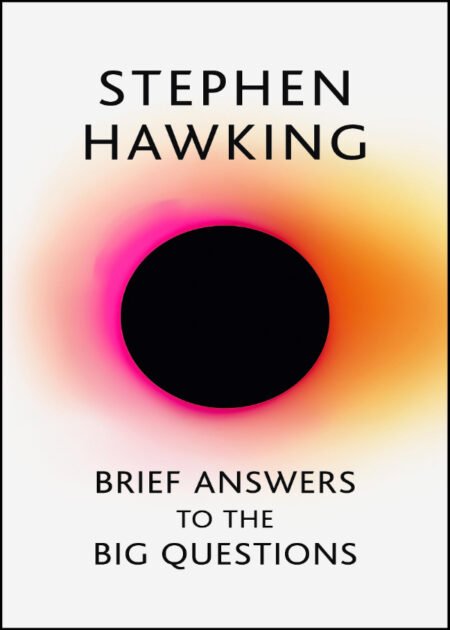Description
Features
Comprehensive, up-to-date coverage of forensics and its role in criminal investigation
- EXPANDED – The Introduction now covers the reliability and controversy surrounding forensic bite mark comparison.
- UPDATED – Changes in terminology and interpretation of blood stain pattern evidence are reflected in Chapter 4, “Crime Scene Reconstruction: Bloodstain Pattern Analysis.”
- NEW – Information on the use of Rapid DNA systems, Probabilistic Genotyping and Forensic Genetic Genealogy is included in Chapter 16, “DNA: The Indispensable Forensic Science Tool.”
- UPDATED – The impact of Carpenter v. United States and an overview of the use of a StingRay device are included in Chapter 20, “Mobile Device Forensics.”
- NEW – Numerous case files have been added to select chapters to illustrate how forensic technology has been applied to solving crimes of notoriety.
- NEW and UPDATED – Information throughout the text has been updated and many new figures have been added to illustrate concepts discussed in the chapters.
Key features engage students and foster critical thinking
- Headline News stories at the beginning of each chapter introduce readers to the chapter topics by describing high-profile crimes and the related forensic science techniques used in the investigations.
- Inside the Science boxes offer students the option of delving into the more difficult technical aspects of the subject.
- Application and Critical Thinking questions at the end of each chapter challenge students to demonstrate their understanding of the material through a variety of question types, including hypothetical scenarios and sets of images for visual identification and analysis.
- Case File boxes present brief, real-life case examples that illustrate how the forensic science topics and techniques in the chapter were used in solving crimes of notoriety.
- Webextras serve to expand the coverage of the book through video presentations, Internet-related information, animations, and graphic displays keyed to enhancing readers’ understanding of the subject’s more difficult concepts. Webextras are accessible on the book website.
Clear and comprehensible writing for the non-scientific student
- The text assumes no prior knowledge of scientific principles or techniques when discussing criminalistics. The areas of chemistry and biology relating to the analysis of physical evidence are presented with a minimum of scientific terminology and equations. The discussion involving chemistry and biology is limited to a minimum core of facts and principles that make the subject matter understandable and meaningful to the nonscientist.
- The author strives to make the technology of the modern crime laboratory clear and understandable to all students—the nature of physical evidence is defined, and the limitations that technology and current knowledge impose on its individualization and characterization are examined.
- Discussions of the scientific topics focus on state-of-the-art technology without delving into extraneous theories that may bore or overwhelm the non-science student—only the most relevant scientific and technological concepts are presented.
-
Table of Contents
- Introduction
- The Crime Scene
- Physical Evidence
- Crime-Scene Reconstruction: Bloodstain Pattern Analysis
- Death Investigation
- Fingerprints
- Forensic Biometrics
- The Microscope
- Firearms, Tool Marks, and Other Impressions
- Matter, Light, and Glass Examination
- Hairs and Fibers
- Drugs
- Forensic Toxicology
- Metals, Paint, and Soil
- Forensic Serology
- DNA: The Indispensable Forensic Science Tool
- Forensic Aspects of Fire and Explosion Investigation
- Document Examination
- Computer Forensics
- Mobile Device Forensics









Reviews
There are no reviews yet.